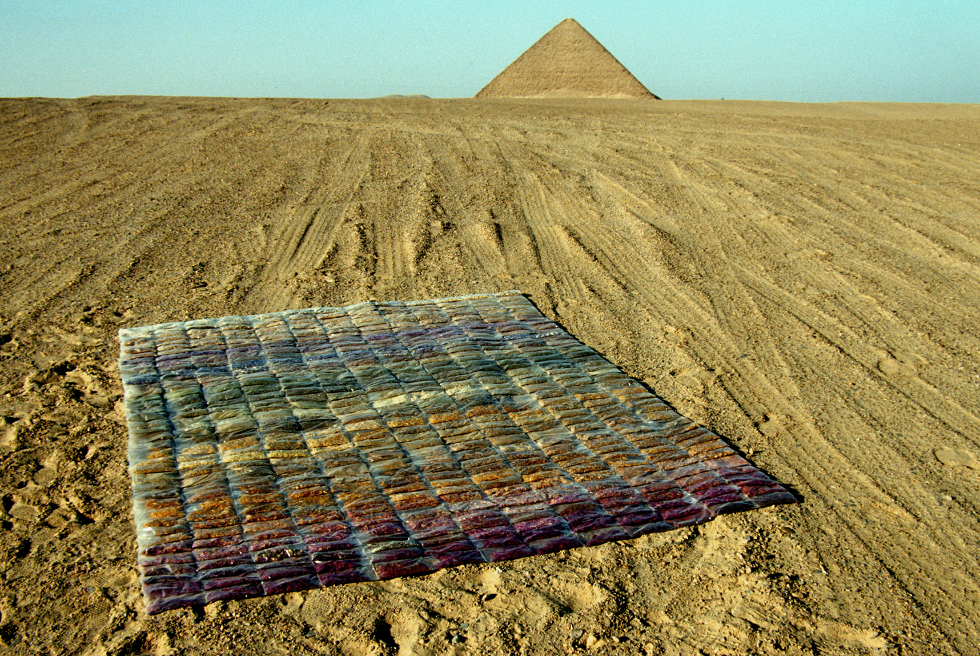
In the Sacred Relic Room in Topkapi Palace, a former imperial residence and present-day museum of the Ottoman period in Istanbul, Turkey, visitors will find relics of the Prophet Muhammad. Among them there is a sword and a few strands of the Prophet’s hair. The devotional practices that surround these relics, concerned quite literally with the spirit of God and thus appropriately termed “spiritual,” are not expressly political. Nonetheless, the public veneration of such baraka (spiritual power)-charged relics challenges laicist traditions in Turkey, whether secularist or Islamist (both of which espouse a version of “rational Islam”). These practices remind us that spirituality is not simply a “private” or domesticated form of religion, but rather a form of devotion that always takes place within broader—and, in the modern context, public—fields of debate about the nature of religion.
Despite the relics’ nearly continuous 550-year residence in Topkapi Palace, we can profitably distinguish between the early years and the later years of their exhibitionist career. Having arrived in Istanbul via Ottoman expansion into Egypt and the Hijaz in the early sixteenth century, the possession of these objects informed the force of the sultan’s claims to authority over the entire Muslim community. They were material evidence of what God’s revelation to humanity through Muhammad made possible for believers in this life and in this world. They point to a physical man (illustrated through his hair), Muhammad, who enjoyed incredible success in nurturing, protecting (at times through his sword), and expanding a community in the service of God. The incredible growth of the Ottoman Empire in the space of a century suggests that the sultan may not have been unjustified in seeing a connection.
Today, safely ensconced in a glass case that sits in a state heritage site (itself a relic of the past), the Prophet’s relics reflect the attempted domestication of Islam in the service of a nationalist project to create and maintain the Turkish nation that can be distinguished from the Ottoman period at all costs. Despite being embalmed in a museum, however, these relics continue to function as something more than data in nationalist historiography. However much the Turkish state continues to regulate what it means to be a Muslim, the authorities cannot contain the surplus value of the Prophet’s relics. Thus we find people using a seemingly secular institution for devotional purposes, much like one finds in the Hagia Sofia, another contested state exhibition space in Istanbul.
On my own visit to Topkapi Palace, just after I entered the relic room, a large group of Turkish visitors soon followed—what seemed to be a class outing of some kind. In the midst of the clatter of young kids liberated from the classroom, I felt myself being elbowed aside by a small elderly woman. Clearly, I was not the first. A Frommer’s review of the palace warns visitors: “It’s impossible to rush through the palace, so you should allot at least a half-day and be prepared to encounter a few bottlenecks throughout the enclosed exhibition halls, especially in the Holy Relics Room where the ardent faithful, in their religious fervor, tend to obstruct the display cases.” The momentary displeasure I felt as a tourist gave way to a slight embarrassment as a non-believer: this woman, I presume, actually wanted to be close to the relics because their power was real, no matter how purposefully prosaic the setting.
As a character in Turkey’s nationalist rendering of history, the entombment of the Prophet’s sword is perhaps too obvious a prop to offer much analytic insight. Tamed by the Turkish assembly’s abolishment of the Caliphate in 1924, Islam is no longer a politico-military force with which modern societies must reckon. The Prophet’s hair is another story.
Page 1 of 2 | Next page